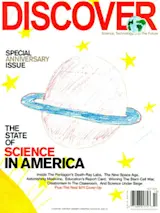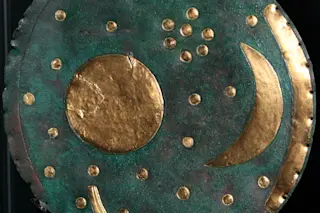The announcement that the Earth is five millimeters smaller than previously believed was to many people a nonevent—in part, I’m guessing, because five millimeters isn’t very much. Five millimeters is roughly half the width of the pinkie finger (call it one-fifth of an inch for those stouthearted holdouts who have not learned to think metric). It’s an almost inherently negligible distance, five millimeters. Certainly when compared with the mighty Earth, a difference of five millimeters might not have seemed worth getting worked up about.
But to those of us burdened with the privilege of writing humor columns for science magazines, it was very much worth getting worked up about. If ever there was a morning to have a little champagne with breakfast, as opposed to the usual steadying few tumblers of Hennessy, this surely was it. On the one hand you had the Pythonesque absurdity, the sheer Borgesian weirdness of ...








